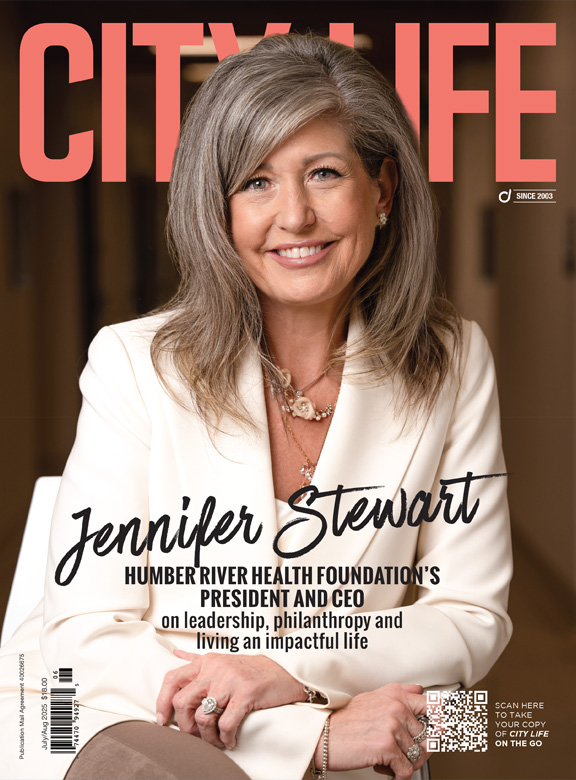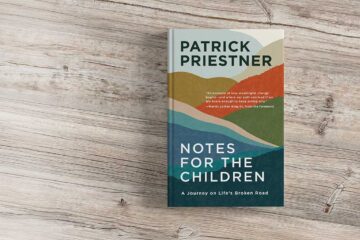We’re All Trying to Stay Positive in the Pandemic, But Who’s Coping Best?
Since COVID-19 was announced as a pandemic earlier this year, and the country was put into lockdown, it’s been more important than ever to find moments of positivity. Combined with the economic hardships many have faced, these are clearly unprecedented times. But who, exactly, is dealing with it best?
Recently, researchers at PsychTests embarked on a study to find out exactly that. By gathering and analyzing data from more than 2,500 people, the team split the respondents into three categories: extreme optimists, realistic optimists and pessimists. From there, they assessed how each group is coping with the pandemic and published their findings, which we are sharing below.
From coping strategies to attitudes toward COVID-19, the study highlights some interesting insights, but concludes that it’s the realistic optimists who are coping best.
“This is the ideal attitude during a crisis,” says Dr. Jerabek, president of PsychTests. “Some may argue that pessimists are better prepared for the worst, because they expect it. Our study, as have many others, says otherwise. Right now, the best approach to the pandemic is to adapt to what the circumstances require and to recognize that, as difficult as self-isolation and the economic downturn have been, the only way forward is through it.”
Mental Health Struggles:
Attitudes Toward COVID-19:
Dealing with the Fallout of the Pandemic:
Coping Strategies:

















































































